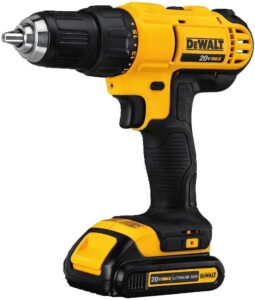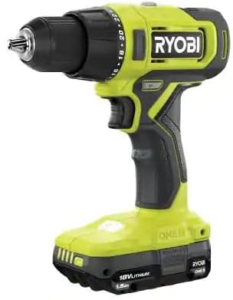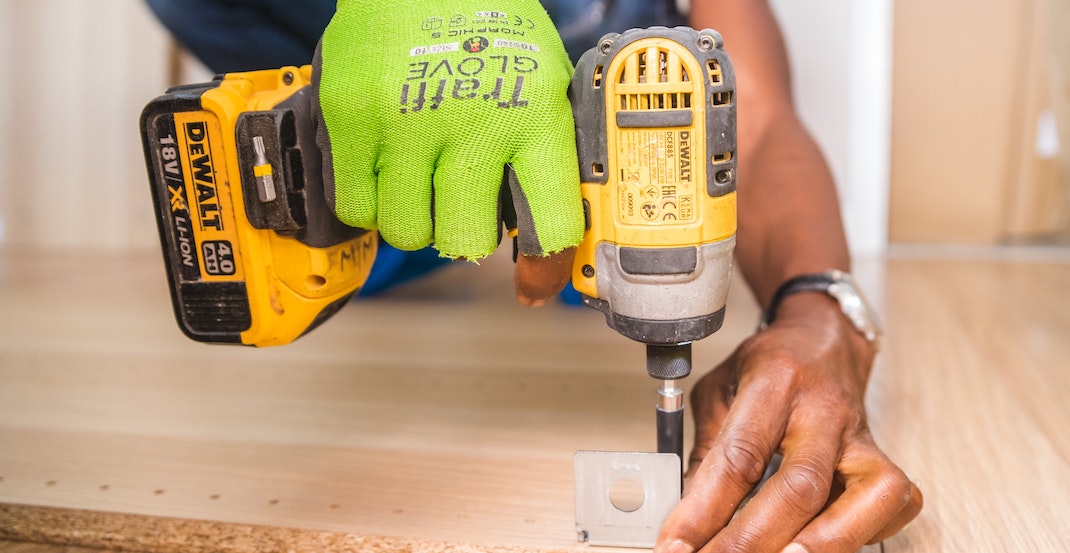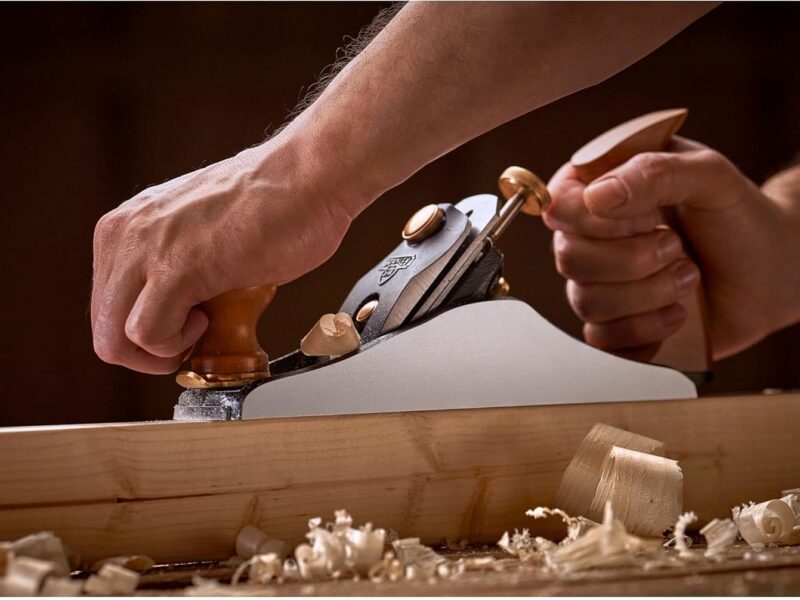Which Is Better 18V or 20V?
It’s only natural to think that if you want the most powerful cordless tool, then one with a 20V battery should be better than one with an 18V battery. It’s just common sense.
Hmmm. Actually it’s not. In fact they are both the same, and that deserves an explanation.
At the moment all lithium-ion rechargeable power tool batteries use basically the same chemistry, and are made up of a number of individual 3.6 volt cells. So power tool batteries you see advertised as 12V contain 3 cells, and 20V batteries contain 6 cells.
But wait – I hear you shout – the math is wrong.
3 x 3.6 = 10.8
6 x 3.6 = 18
And you are absolutely right. But there are two ways of describing voltage as it applies to cordless power tool batteries: there’s absolute voltage, and there’s nominal voltage.
Absolute voltage is the maximum charge the battery can take when it’s not under load. In this case 12V or 20V depending on the tool.
Nominal voltage is the charge supplied while the tool is running. So either 10.8V or 18V.
So why the different labels?
 Some manufacturers, like Ryobi and Milwaukee, use the nominal voltage figure. Others, like DeWalt and Black+Decker, use the absolute voltage. It’s just marketing really. They’re trying to suggest their tool is more powerful.
Some manufacturers, like Ryobi and Milwaukee, use the nominal voltage figure. Others, like DeWalt and Black+Decker, use the absolute voltage. It’s just marketing really. They’re trying to suggest their tool is more powerful.
So although 18V tools are more powerful than 12V alternatives, if you’re asking which is better 18V or 20V then the answer is that they are both basically the same.
A DeWalt cordless drill might be more powerful than a Ryobi, or vice versa, but it’s not just about the battery. Other elements like motor design and gearing come into play. For example, brushless motors tend to transmit more power than brush motors. Anyway, that’s a whole other subject.
What about Amp hours?
 Another aspect of cordless power tool batteries that sometimes causes confusion is Ah or Amp hours. Technically this is the amperage a battery can supply in exactly one hour. A 2Ah battery – a common size supplied with cordless power tools – will supply 2 amps for an hour.
Another aspect of cordless power tool batteries that sometimes causes confusion is Ah or Amp hours. Technically this is the amperage a battery can supply in exactly one hour. A 2Ah battery – a common size supplied with cordless power tools – will supply 2 amps for an hour.
But what does that mean in real terms?
The best explanation I’ve seen is that Amp hours are like gasoline. The more gasoline you have the further your car will go. The more Ah you have the longer the tool will run for before it needs charging again. So if you have a 4Ah battery on your cordless drill, it will run roughly twice as long as if you had a 2Ah battery.
If you’re just doing the occasional bit of DIY it may not matter that you have to stop to recharge the battery. If you use cordless tools a lot, then having a higher Ah will definitely be more convenient.
A couple of things to be aware of when choosing. Although higher Ah batteries run for longer they are more expensive, and do take longer to charge. Having a spare is usually a necessity if you need to carry on working.
Voltage and Ah are not directly related. You can have a 12V battery with 2Ah or 4Ah. You can have a 20V battery with 2Ah or 4Ah. These figures are just examples, and power tool battery voltages and amp hours are increasing all the time. That’s good news for DIY fans and pros because it means the tools keep getting more powerful, and will run for longer.
Main photo by Bidvine.


